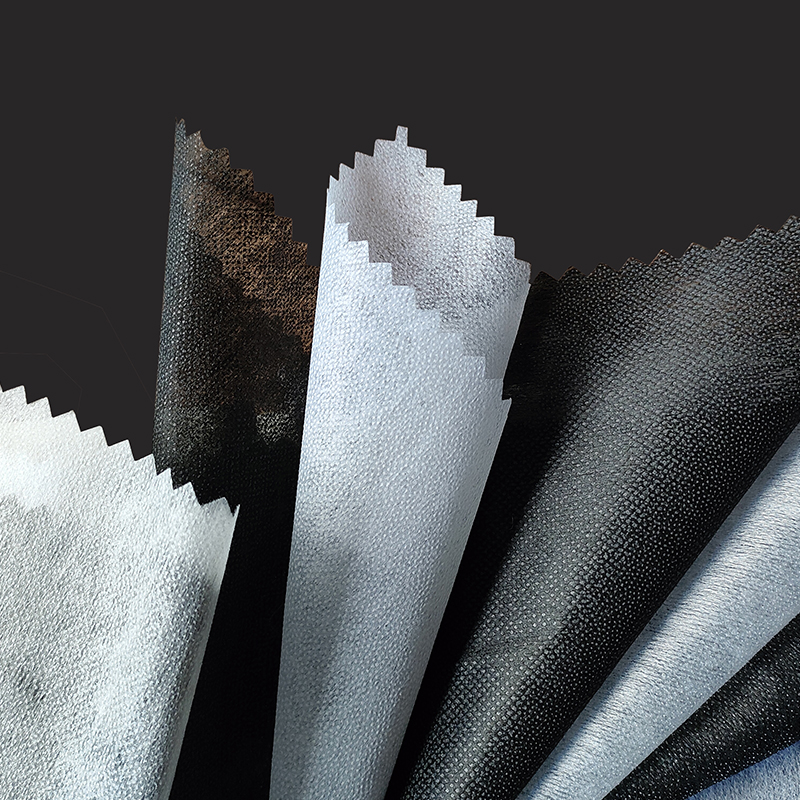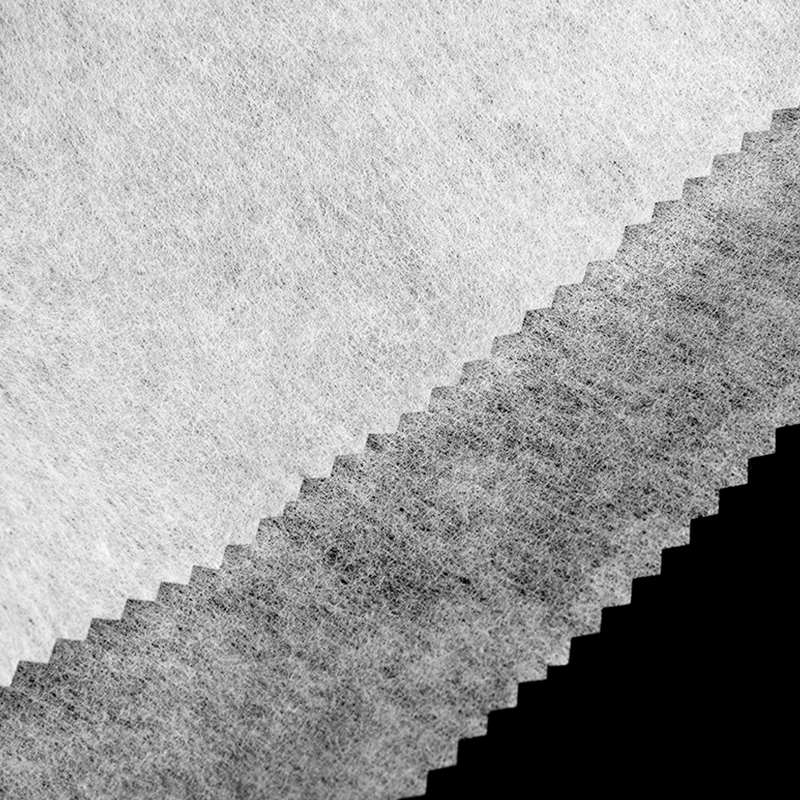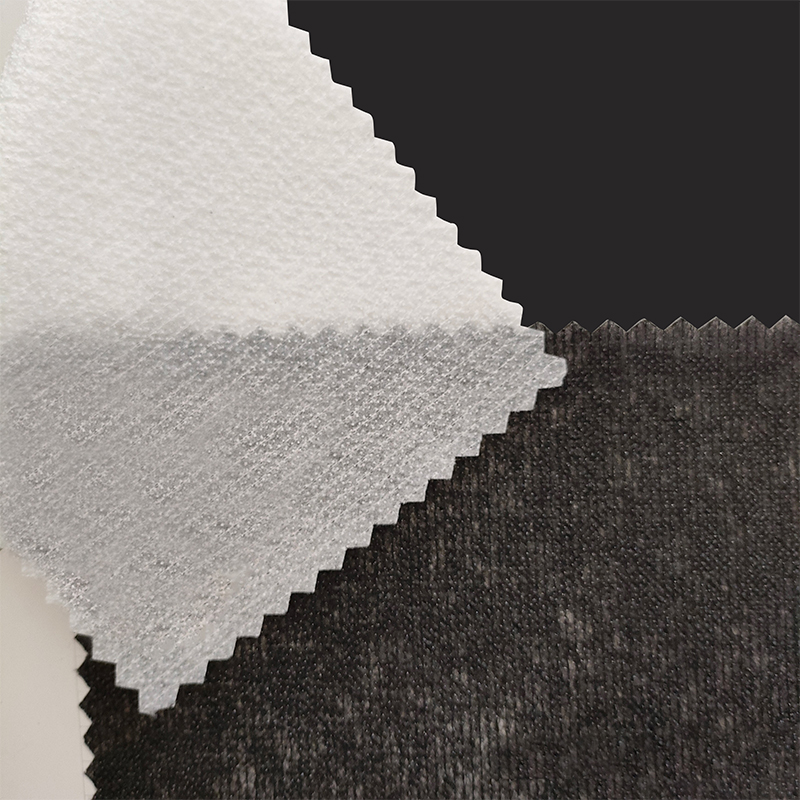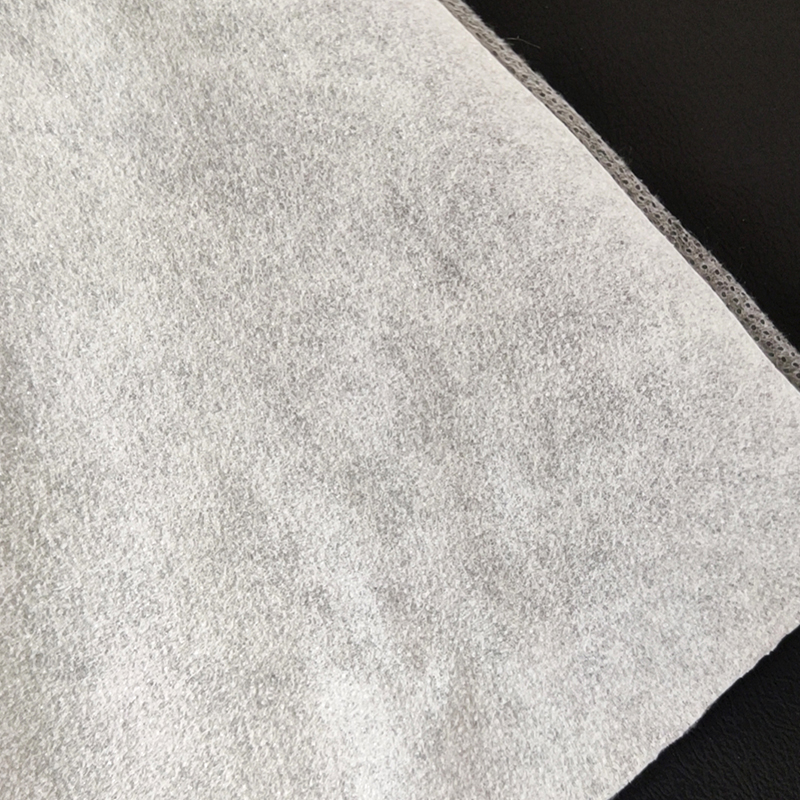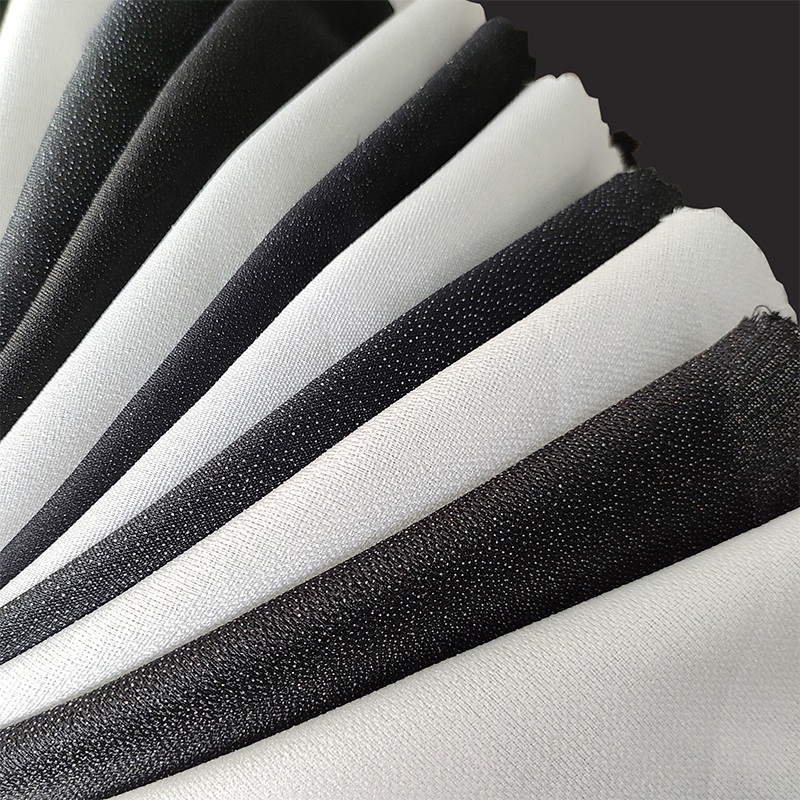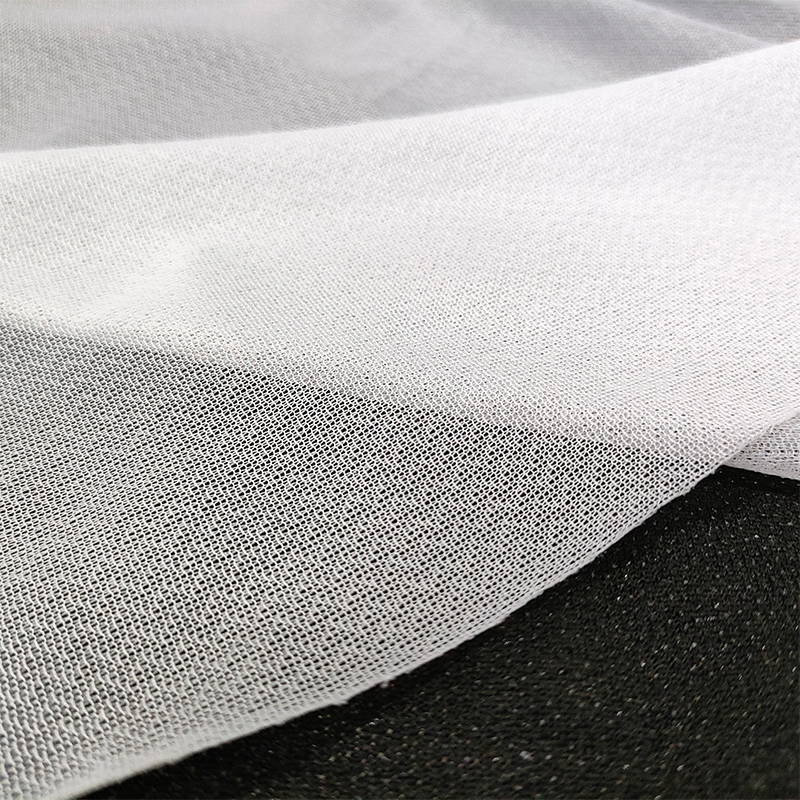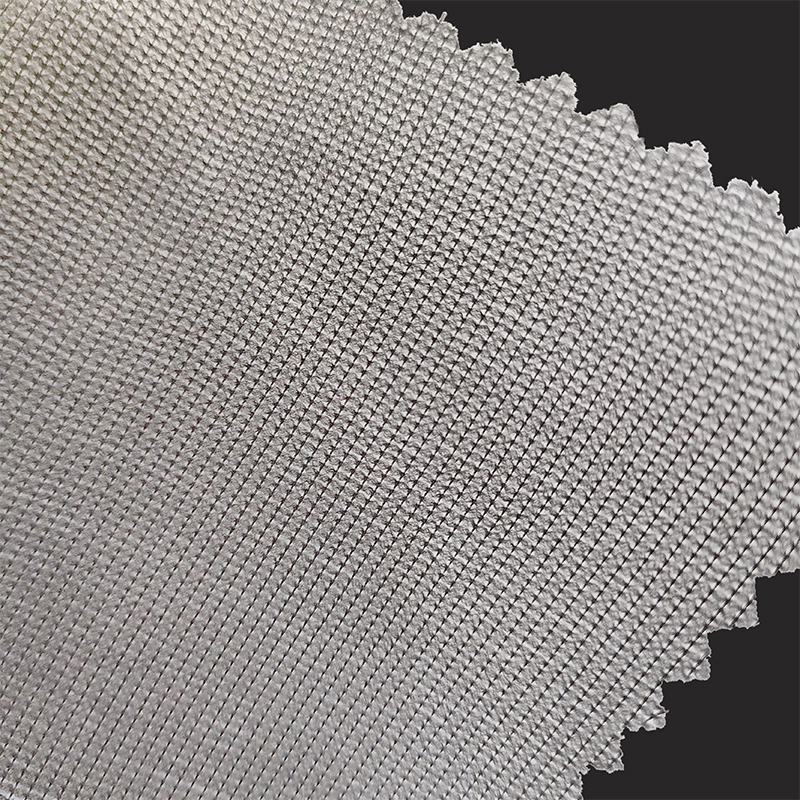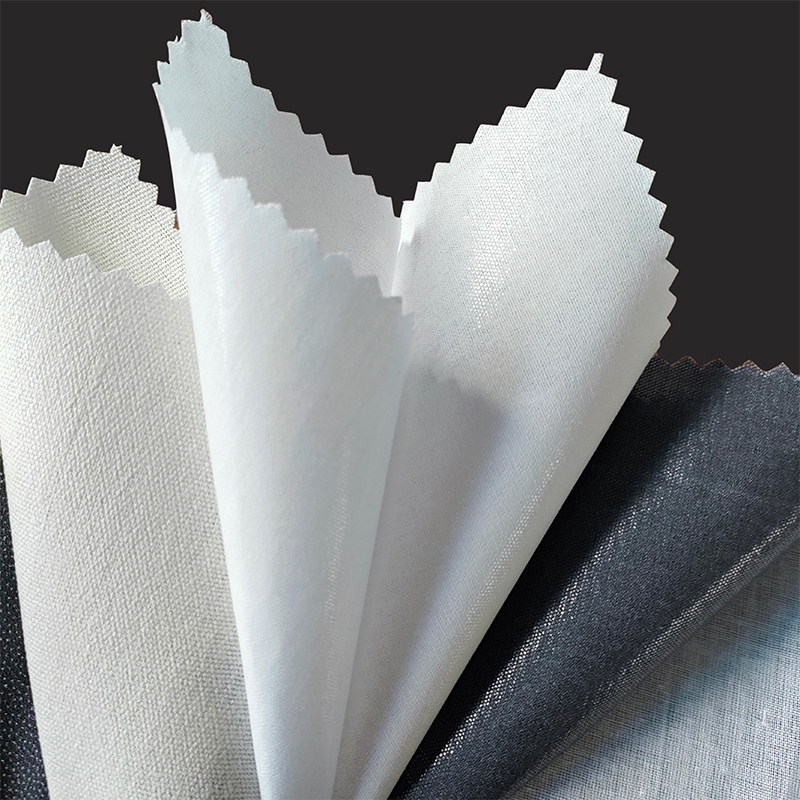Interlining: The Hidden Framework of Textiles
1. Core Definition
"Invisible skeleton": A layer inserted between fabric surfaces to add structure, stability, or insulation.
Not visible in finished items: Works behind the scenes in collars, cuffs, curtains, bags.
2. Primary Functions
Shape Reinforcement Stiffens areas needing crisp edges (e.g., shirt collars, waistbands).
Stabilize Delicate Fabrics Prevents stretch or distortion in bias-cut garments, sheer fabrics, or knits.
Insulate & Add Body Creates thermal barriers in curtains or adds "heft" to lightweight upholstery.
3. Material Types
| Category | Best For | Key Traits |
| Woven | Tailored suits, coats | Durable, breathable, follows fabric drape |
| Nonwoven | Fast fashion, crafts | Grainless, low-cost, stiffens uniformly |
| Knit | Stretch garments (jersey) | Moves with fabric; recovers after stretch |
| Fusible | Quick applications | Iron-on adhesive backing; avoid delicate fabrics |
| Sew-In | Leather, dry-clean items | Stitched manually; heat-resistant |
4. Where You'll Find It
Apparel: Collars, cuffs, lapels, button plackets, waistbands.
Home Textiles: Curtain headers, quilt backing, upholstered furniture.
Accessories: Handbag panels, hat brims, belt interiors.
5. Application Insights
Tailoring Tricks:
Collars: Interline only the under collar to retain neck comfort.
Curtains: Cut interlining wider than face fabric for fuller pleats.
Fusing Warnings:
Always test heat on scraps first—glue can bleed through silk or melt synthetics.
Use a press cloth; never slide the iron (causes shifting).
6. Industry Pitfalls
Mismatched weight: Heavy interlining on chiffon kills drape.
Skipping pre-shrink: Causes bubbling after first wash.
Using fusible on textured fabrics: Velvet pile flattens; sequins melt.
7. Why It Matters
"Interlining is the difference between a €50 jacket and a €500 jacket. Cheap versions crack after dry cleaning; luxury types outlive the outer fabric." — Bespoke Tailor, Milan
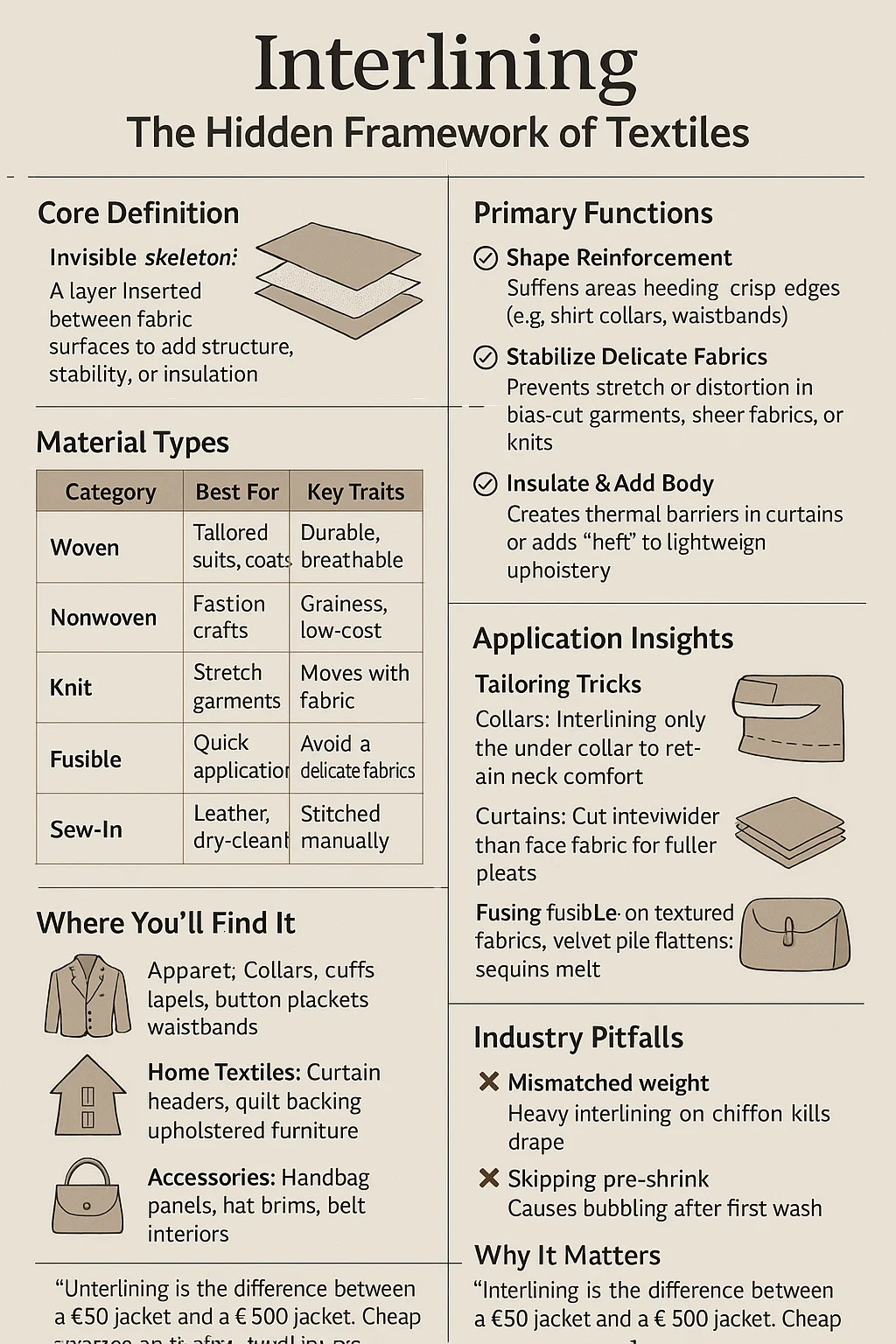

 English
English Español
Español Türk
Türk